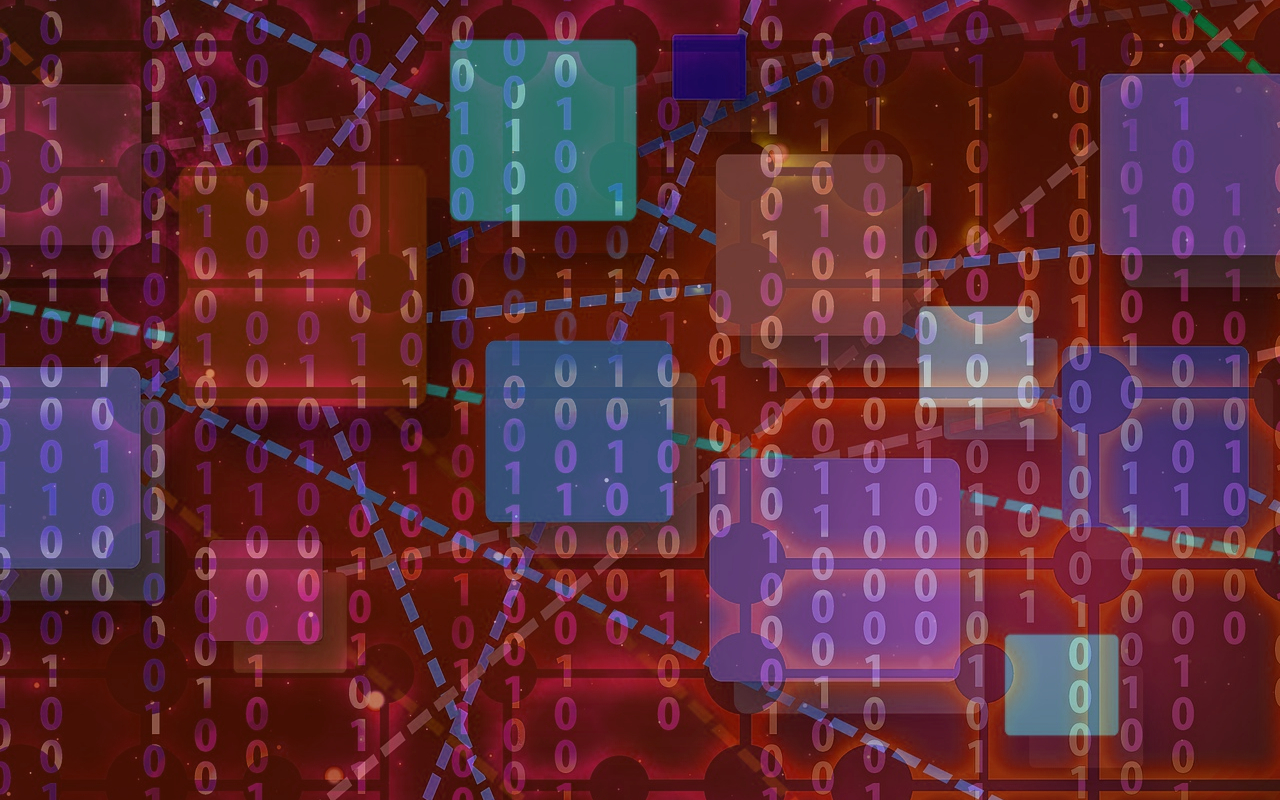The way people seek experiences has transformed in the digital age. Just as many turn to luxury and premium discreet entertainment through the Gangnam Jjim-O home page (강남 쩜오 홈페이지), others are also navigating the changes that come with online accessibility in their personal and professional lives.
Technological evolution put emphasis on how it continued to shape people’s lives from convenience, flexibility, and privacy. The same dynamics that attract individuals to digital platforms also explain why remote work has become a central part of modern careers, reshaping the daily realities of professionals everywhere.
Adjusting to the New Normal of Remote Work
Remote work has shifted from being a rare perk into a common standard for many industries. Employees now conduct meetings from their living rooms, manage projects from shared co-working spaces, and connect across time zones with ease. Commuting is becoming a thing of the past as remote work creates real flexibility. However, it creates a blurred line between professional, and personal life. Learning to separate these boundaries has become one of the greatest challenges in sustaining both productivity and mental well-being.
Gangnam Jjim-O Home Page as a Reflection of Online Adaptation
Much like exclusive platforms built for tailored experiences, remote work demands adaptability and intentional design. A digital environment becomes an extension of how people function and achieve their goals. Crafting a workspace at home that encourages focus, whether through ergonomic furniture, noise reduction, or scheduled breaks, mirrors the importance of personalization.
Just as a premium service is curated for satisfaction, remote work succeeds when individuals curate their surroundings to suit their needs.
Balance between Flexibility and Discipline

One of the strongest advantages of remote work is flexibility. Without discipline, it quickly turns into distraction. Professionals are now learning that success requires more than simply working from home. Establishing routines, setting start and end times, and prioritizing tasks are crucial for productivity. Flexibility must work hand in hand with discipline to create a sustainable balance that prevents burnout while still embracing freedom.
Technology as the Core of Connection
The reality of working remotely would not exist without digital tools. Video conferencing, project management platforms, and instant messaging applications bridge the gap between physical distance and professional collaboration.
Caution must be practiced as that same technology we used also introduces the risk of over-connection. This makes employees feel constantly available. Finding balance requires using these tools intentionally, ensuring that convenience does not replace the need for healthy boundaries.
Impact on Work-Life Integration
Remote work has created a shift in how individuals view time and priorities. Parents may find more moments with their children, while others can pursue hobbies once lost to commuting hours.
This integration also means that professional demands sometimes spill into personal spaces, making it harder to fully disconnect. Developing strategies such as clear communication with colleagues and dedicated off-screen activities helps restore balance and keep personal lives intact.
What’s ahead of doing Remote Work?
As organizations experiment with hybrid setups, employees are discovering new ways to redefine productivity and satisfaction. Remote work is not just a temporary adjustment but an evolving structure that challenges traditional office culture.
Success depends on striking harmony between independence and collaboration, while recognizing that flexibility will remain a cornerstone of professional life. The future promises more innovation, but the essence lies in how individuals adapt and embrace the change.

